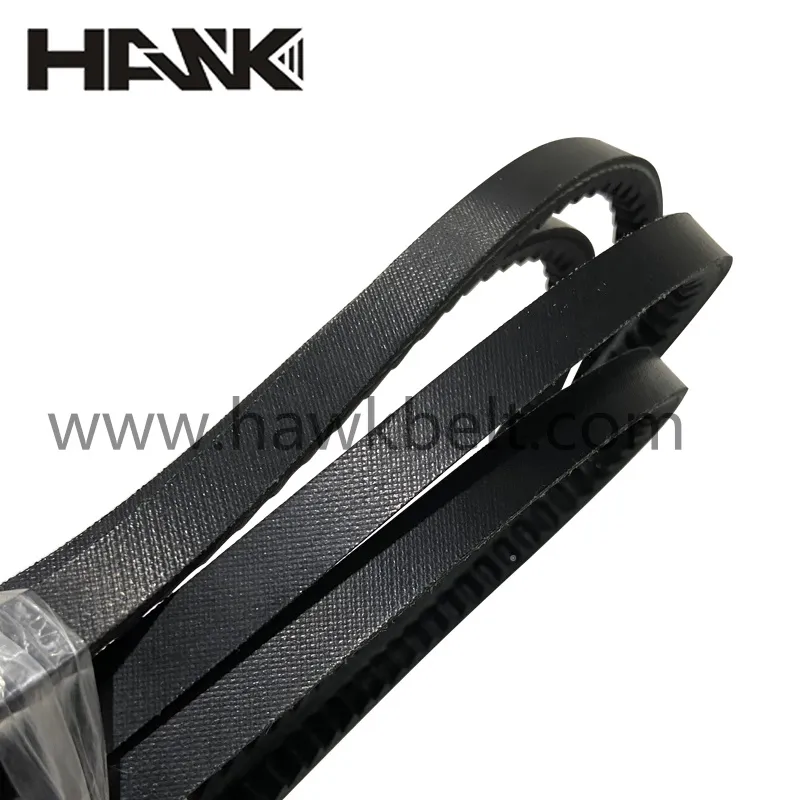- Arabic
- French
- Russian
- Spanish
- Portuguese
- Turkish
- Armenian
- English
- Albanian
- Amharic
- Azerbaijani
- Basque
- Belarusian
- Bengali
- Bosnian
- Bulgarian
- Catalan
- Cebuano
- Corsican
- Croatian
- Czech
- Danish
- Dutch
- Afrikaans
- Esperanto
- Estonian
- Finnish
- Frisian
- Galician
- Georgian
- German
- Greek
- Gujarati
- Haitian Creole
- hausa
- hawaiian
- Hebrew
- Hindi
- Miao
- Hungarian
- Icelandic
- igbo
- Indonesian
- irish
- Italian
- Japanese
- Javanese
- Kannada
- kazakh
- Khmer
- Rwandese
- Korean
- Kurdish
- Kyrgyz
- Lao
- Latin
- Latvian
- Lithuanian
- Luxembourgish
- Macedonian
- Malgashi
- Malay
- Malayalam
- Maltese
- Maori
- Marathi
- Mongolian
- Myanmar
- Nepali
- Norwegian
- Norwegian
- Occitan
- Pashto
- Persian
- Polish
- Punjabi
- Romanian
- Samoan
- Scottish Gaelic
- Serbian
- Sesotho
- Shona
- Sindhi
- Sinhala
- Slovak
- Slovenian
- Somali
- Sundanese
- Swahili
- Swedish
- Tagalog
- Tajik
- Tamil
- Tatar
- Telugu
- Thai
- Turkmen
- Ukrainian
- Urdu
- Uighur
- Uzbek
- Vietnamese
- Welsh
- Bantu
- Yiddish
- Yoruba
- Zulu
sep . 25, 2024 02:38 Back to list
Evaluating the Expenses Associated with Car Seatbelt Replacement and Maintenance
Understanding Car Belt Costs and Their Importance
Car belts play a crucial role in the overall functionality and performance of a vehicle. Among various automotive components, belts such as the timing belt, serpentine belt, and accessory belts are essential for ensuring that engine parts operate in harmony. While it might be tempting to overlook these components during regular vehicle maintenance, understanding the costs associated with car belts can save car owners from significant expenses and potential safety issues down the road.
Types of Car Belts and Their Functions
1. Timing Belt This belt synchronizes the rotation of the engine's crankshaft and camshaft, ensuring that the engine's valves open and close at the proper times during each cylinder's intake and exhaust strokes. The timing belt is typically made of rubber reinforced with nylon or fiberglass.
2. Serpentine Belt This is a long, continuous belt that drives multiple peripheral devices in a car's engine, such as the alternator, power steering pump, water pump, and air conditioning compressor. Its design allows it to be more efficient than older systems that used multiple smaller belts.
3. Accessory Belts These are smaller belts that can be found in various automotive systems, enhancing functionality by driving accessories like the radiator fan or oil pump.
Cost Factors
The cost of car belts can vary significantly based on several factors
car belt cost

- Type of Belt Timing belts tend to be more expensive than serpentine belts due to their complexity and the intricate labor involved in their installation. Depending on the make and model of the vehicle, a timing belt replacement can range from $300 to over $1,000. Conversely, serpentine belt replacements may cost between $100 and $300.
- Labor Costs Labor costs can significantly impact the total expense. Depending on the vehicle and location, labor rates can vary widely. If a timing belt replacement requires dismantling significant engine components, labor costs will increase.
- Quality and Brand The quality of the belt also influences the cost. OEM (Original Equipment Manufacturer) belts typically cost more than aftermarket options, but they often provide greater reliability and longer service life.
- Vehicle Make and Model Luxury or specialty vehicles can have higher belt replacement costs due to the complexity and design of their engines, which might require specialized tools or expertise for service.
Why Regular Maintenance Matters
Failure to replace worn-out belts can lead to serious engine damage. For example, if a timing belt breaks, it can cause catastrophic engine failure, resulting in repair costs that far exceed the price of replacing the belt. Regular maintenance checks should always include an inspection of the belts' condition. Most manufacturers recommend timing belt replacement at regular intervals—typically every 60,000 to 100,000 miles.
Conclusion
Understanding the costs associated with car belts is essential for every car owner. By budgeting for these expenses and ensuring regular maintenance checks, drivers can prevent unexpected breakdowns and the costly repairs that follow. Investing in the right quality belts can enhance the longevity and safety of a vehicle, making it a worthwhile consideration for any automotive enthusiast or everyday driver. Always consult a qualified mechanic for advice tailored to your specific vehicle’s needs and maintenance schedule.
-
Korean Auto Parts Timing Belt 24312-37500 For Hyundai/Kia
NewsMar.07,2025
-
7PK2300 90916-T2024 RIBBED BELT POLY V BELT PK BELT
NewsMar.07,2025
-
Chinese Auto Belt Factory 310-2M-22 For BMW/Mercedes-Benz
NewsMar.07,2025
-
Chinese Auto Belt Factory 310-2M-22 For BMW/Mercedes-Benz
NewsMar.07,2025
-
90916-02660 PK Belt 6PK1680 For Toyota
NewsMar.07,2025
-
drive belt serpentine belt
NewsMar.07,2025

